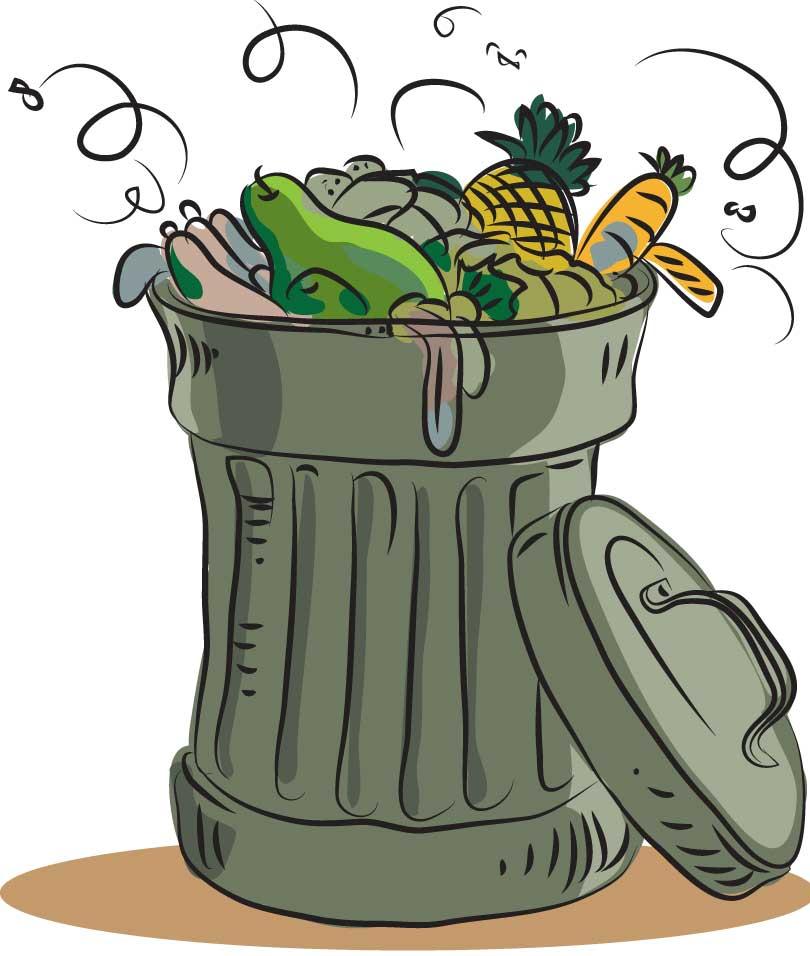Reply To:
Name - Reply Comment
More than 550,000 metric tons of vegetables and fruits were being wasted a year due to the post-harvest damage and its loss to the nation amounted to over Rs.67 billion, the State Minister of Agriculture Wasantha Aluvihare had said last week. More than 30 per cent of crops were being wasted due to post-harvesting damage, he said during a ceremony in his hometown, Matale.
According to him, the vegetables and fruits are damaged and rendered useless in packing and in transit. Officials of the Post-Harvest Technical Institute of the Ministry of Agriculture have been instructed to concentrate on a plan to reduce to the barest minimum this loss incurred to the agricultural sector. As an initiative, the Agriculture Ministry has planned to issue 500,000 plastic baskets free of charge to the farmers through farmer organisations with a view to reducing 30 per cent damage at least to 10 per cent.
The vegetable and fruit waste in packaging and transportation and the suggestion to transport them in plastic crates are not new discoveries by the State Minister. This is an issue that created a crisis situation in the vegetable market eight years ago, finally compelling the then government of President Mahinda Rajapaksa to withdraw the law on usage of crates, leaving about a quarter of vegetable and fruits to be spoilt and wasted again as usual.
The idea on the use of crates for the transportation of vegetable and fruits was first mooted in January 2011 by the then Cooperatives and Internal Trade Ministry which was under Minister Johnston Fernando and was put in practice in December in the same year. However, the new law of transporting vegetable hit a snag when the traders, lorry owners, porters and the farmers who were supposed to be the main beneficiaries of the new system ignored the law on reasonable grounds.
This resulted in a clash between the protesters and the authorities. On a raid by the Consumer Affairs Authority (CAA) 40 lorries transporting vegetables, other than in plastic crates, were seized, and the drivers were fined after being produced in courts. According to the regulation, individuals found guilty had to be fined up to Rs 10,000 each, while the fine for an institution could go up to Rs 100,000. Pandemonium reigned when angry traders, transporters and farmers protested by closing down roads and economic centres, which created a severe shortage and a consequent price hike in vegetables, during the festive (Christmas) season, compelling the urban people to eat their food without vegetable for three days.

The Sunday Times then published an article on the boycott by the stakeholders of vegetable supply with the headline “Carrots like carat” which said “The small stock available was at a premium price. 100 grams of carrots cost Rs. 200. That meant a kg would be Rs 2,000, perhaps one of the costliest prices in the world. Cabbage was Rs.175 for 100 grams or Rs.1,750 a kg. This is more than the price of a carat of some varieties of gems.
In fact, the protest by the traders, transporters and the farmers was not unfounded. The farmers said they paid Rs. 60 for a polythene sack. When it was filled with vegetables, the lorry driver took it to the wholesale distribution point. The transport cost, for example in the Dambulla area, was Rs.35 for a sack. Using plastic cases, they would have to pack it into three different crates and the transport cost would be three times over, (Rs.105). They had said that the plastic sacks were never returned to them.
Understandably, the lorry drivers who bring the vegetables to Colombo is booked for different hires on the return journey. Therefore he cannot take it back to the distributor or the farmer. Worse enough, the farmer is required to pay Rs. 600 for a new plastic crate. If he cannot re-use it, he would naturally raise his price and the consumer would have to pay. Ultimately the plan ended up in the trash bin.
Food waste is a global phenomenon and the larger picture of it is alarming. The United Nations Environment Programme (UNEP) says one-third of all food produced in the world – approximately 1.3 billion tonnes – is lost or wasted every year. The resources needed to produce the food that becomes lost or wasted has a carbon footprint of about 3.3 billion tons of CO2.
Hence, the intention of State Minister Aluvihare should not be doubted. However, the government has to look into the practical side of the measures planned to minimise the waste.